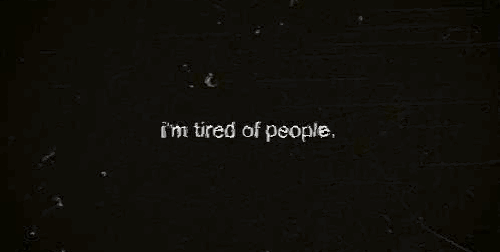Quote
Isn’t it strange that we talk least about the things we think about most?
(via urbanoutfucks)
657K notes
·
View notes
Photo










In vitro fertilization (IVF) has been used successfully in many animals — including, notably, humans — for decades. But despite numerous attempts, scientists had never been able to figure out IVF for dogs.
This year, for the first time, seven puppies (five beagles and two “bockers,” or beagle-cocker spaniel mixes) were born through IVF. That’s cool. And cute. And also very exciting for the people trying to save other canine species that are in decline because of habitat destrcution:
ISLAND FOX, Urocyon littoralis (Southern California)
~4000 left
They live on only six of the eight Channel Islands (less than 400 square miles).
ETHIOPIAN WOLF, Canis simensis (Ethiopian Highlands)
360 - 440 adults left
The Ethiopian wolf sometimes team up with monkeys to hunt alpine rodents.
AFRICAN WILD DOG, Lycaon pictus (from Algeria to South Africa)
~5,000 left
They hunt antelope by chasing them to exhaustion.
RED WOLF, Canis Rufus (North Carolina)
~150 left
Their population once fell to just 14 individuals.
MANED WOLF, Chrysocyon brachyurus (central South America)
~17,000 left
Maned wolves need wide uninterrupted territory to survive.
DHOLE, Cuon alpinus (China, India, Southeast Asia)
4,500-10,500 left
These pack hunters use “whistles” to communicate with one another while hunting much larger prey.
DARWIN’S FOX, Lycalopex fulvipes (Chile)
less than 250 left
So-called because Darwin collected a specimen in 1834. 200 of the remaining population live on on Chiloé Island.
MEXICAN GRAY WOLF, Canis lupus baileyi (Mexico, the southeastern US)
~360 left
All the Mexican gray wolves alive today are all descendants of five wolves captured in 1973.
Currently, efforts to increase these species rely on natural breeding programs. The Smithsonian’s maned wolf breeding program ships males from South America to their facility in Front Royal, Virginia. It would be great if they could just ship sperm. And using samples collected from multiple individuals could greatly increase the genetic diversity of a population, instead of relying on a few captive mating pairs. Exciting!
43K notes
·
View notes




























